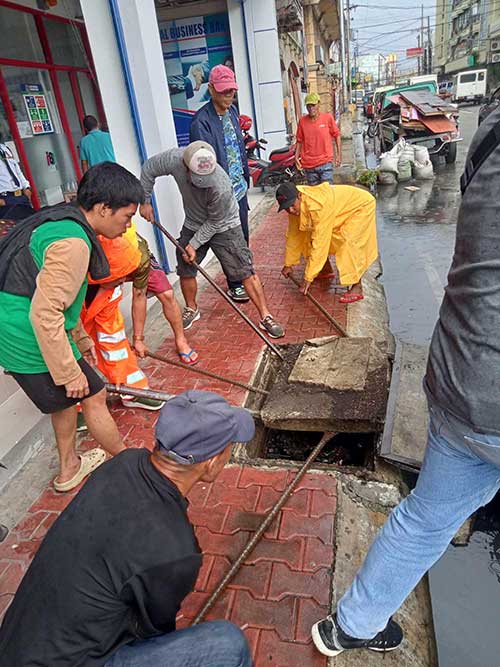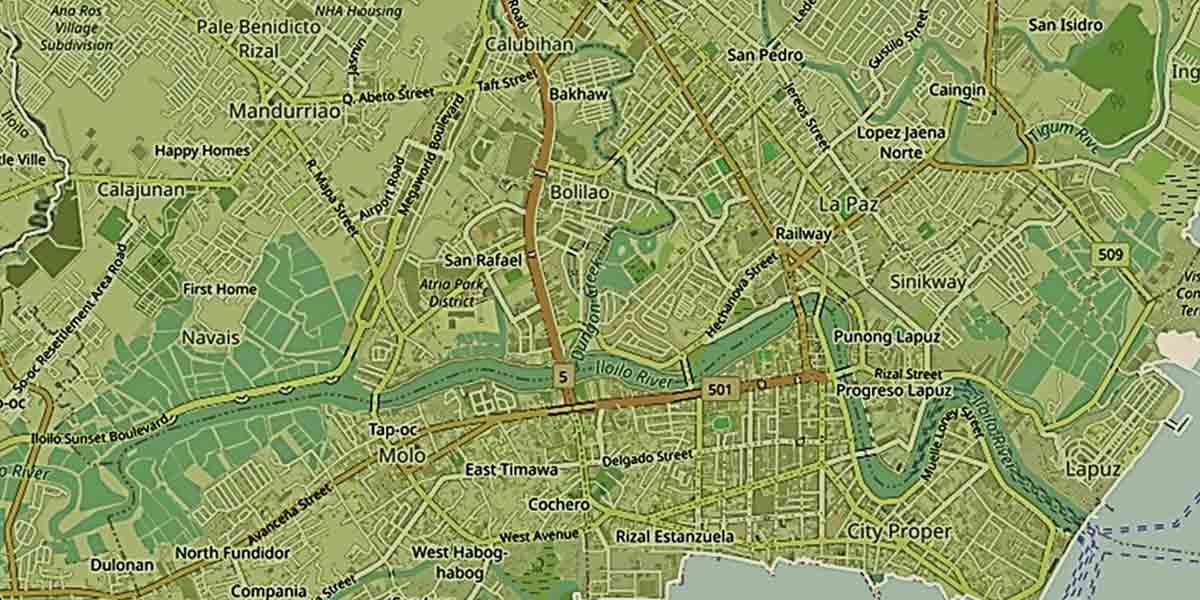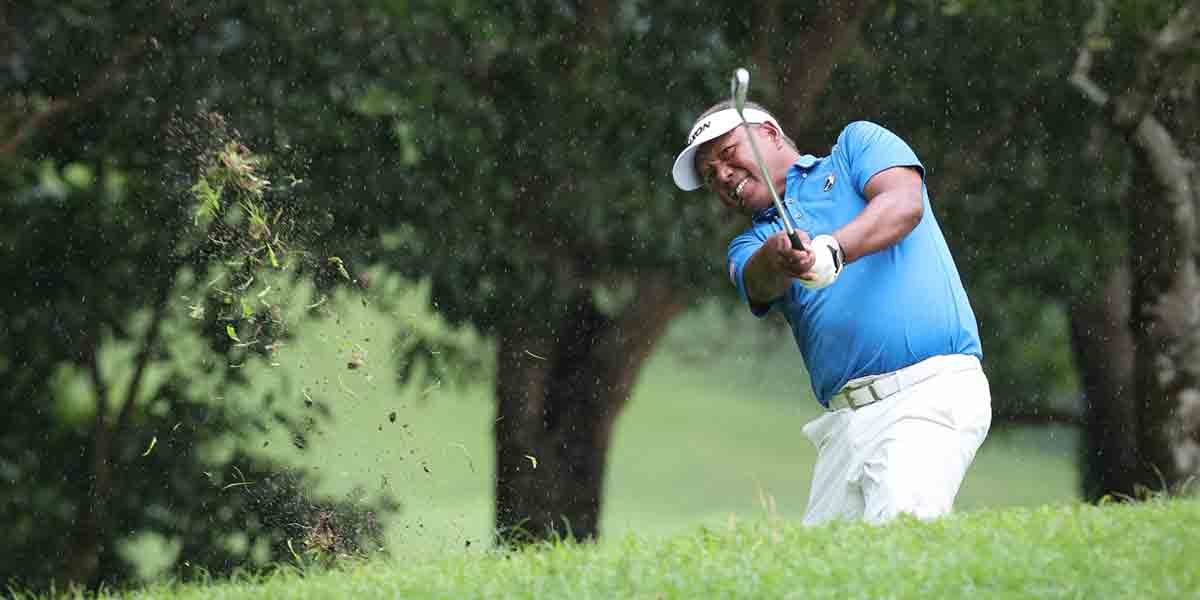
By Rjay Zuriaga Castor
The city government has commenced massive declogging of drainage systems in preparation for the La Niña phenomenon, which may begin between June and August.
“We are now undertaking massive declogging activities. We had a long period of dry season, and we have had a hard time locating drainage systems that were clogged,” Mayor Jerry Treñas said in a press conference on Monday, June 24.
From June 19 to 23, the declogging team started cleaning the drainages in Barangay General Hughes, Mabini Street, Iznart, and JM Basa Street in City Proper; Navais and Tabucan in Mandurriao; and Iloilo Terminal Market.
The effort aims to improve water flow and increase the holding capacity of drainage systems, especially during heavy downpours.
Treñas said he will call for a meeting with the Department of Public Works and Highways (DPWH) and the City Engineering Office to establish a measure that would interconnect the drainage lines of other villages with those of the DPWH and the city government.
Meanwhile, the city government has taken charge of rehabilitating two DPWH pumping stations: one in the Jalandoni area which is still under construction and another in the Delgado area, which is not functioning efficiently.
“We assumed it so we could use it right away. The state of the place we took over was already bad because it hadn’t been connected to electricity for a long time. It was only connected to their generator,” Treñas explained.
“Most of the time, the generator didn’t have fuel, and when they tried to run it, it would break down immediately,” he added.
The city government further advised the public to refrain from throwing plastics, which end up clogging the drainage systems and causing flooding during the rainy season.
The City Disaster Risk Reduction and Management Office has identified 72 villages as high-risk flood zones this rainy season based on the 2020 Climate and Disaster Risk Assessment study.
The 72 flood-risk villages could affect at least 240,360 residents based on the 2015 census.
“Given the low elevation and abundance of rivers and streams in the city, many of its barangays (up to 40%) have high to very high susceptibility to flooding. Areas nearest to the coast will receive more rain while a decrease in rainfall is slightly higher inland,” a dispositive part of the study read.
The five most flood-prone villages are San Isidro, Tabuc Suba Jaro, Dungon A, Calubihan, and Dungon B.
These five villages have a total population of 17,383 people, or approximately 4,345 families.


















